If you have been hanging around our neck of the woods over the past few months or you have stopped by and read a few of the posts on our little blog here, you may be wondering “what do they do between meetings, building curriculum and writing blog posts?” Well do not worry, I am here today to share a bit about what happens behind the scenes or what we refer to as the “in between stuff.”
Over the past few months, much of our time has been spent meeting on Zoom or in person (when possible, and always following the latest Covid 19 rules) where we have diligently brainstormed, planned, and developed various aspects of curriculum to connect teachers and students in Chandigarh, India and Abbotsford, British Columbia. Building these curriculum modules and working on developing this pilot project has been a unique and eye-opening experience for us three; both as interns and hopeful future Teacher Education candidates. Again, you might be asking, “yeah but what about the ‘other stuff’?” or “don’t most university internships require students to travel to the country they are researching?” and the truth is that yes had this been an internship that was not impacted by the Covid-19 the three of us would have all GLEEFULLY hopped on that plane and visited the research team in Chandigarh. The in-person experience would have been an incredible asset for us in developing these curriculum modules and would have helped aide us in navigating the pilot project that evolved but circumstances we could not control forced us to get creative and gain knowledge in other ways.
We began exploring other avenues in which we could gain access to knowledge about children’s rights, child-friendly cities, the right to play and of course to learn more about Chandigarh and India in general. Over the course of the past few months, we have attended several webinars from all over the world (we even attended webinars in the middle of the night), listened to various pod casts, watched a couple documentaries and of course done a ton of library research. Over the past few months our “in between stuff” has been devoted to research, research, and more research. To some this may sound boring but to us three it has been fascinating and of course it has helped us design some of our curriculum modules. As our internship is drawing to a close, we are tirelessly working to annotate all the articles we have discovered, so we can share them with the research team in Chandigarh, and of course we will share them here on the blog for anyone who is interested in learning about all the different areas this internship allowed us to explore.
Someday soon the three of us hope to visit India, meet the research team we have connected with over the past few months, and see how our efforts over these past few months have helped make Chandigarh a more child-friendly city. But in the meantime, you will likely find us listening to a pod cast, while sipping a tea (or coffee!) with a stack of new research articles and our trusty highlighters somewhere close by.
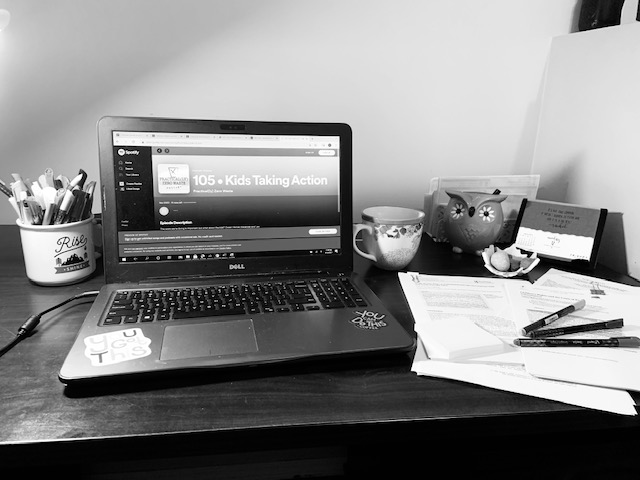
– Cas
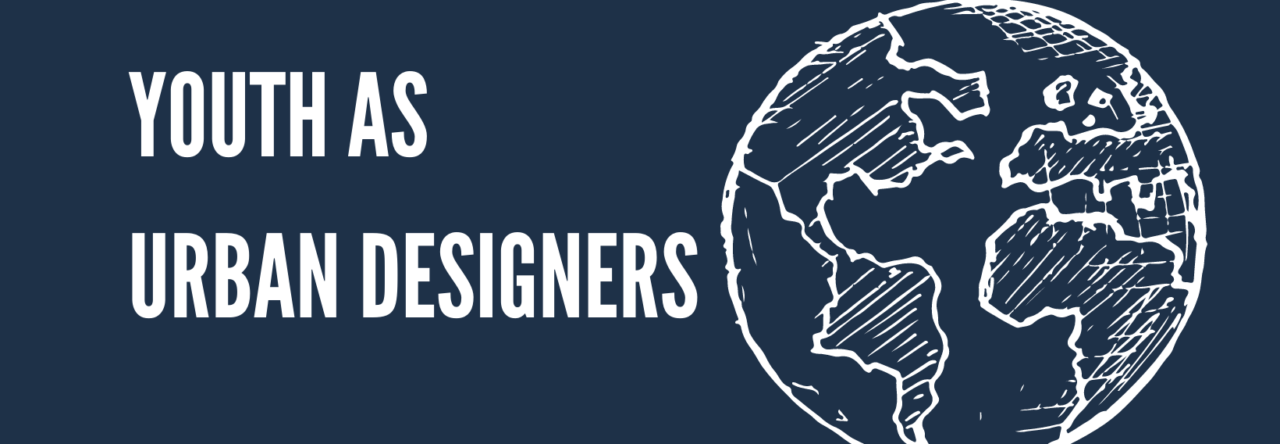
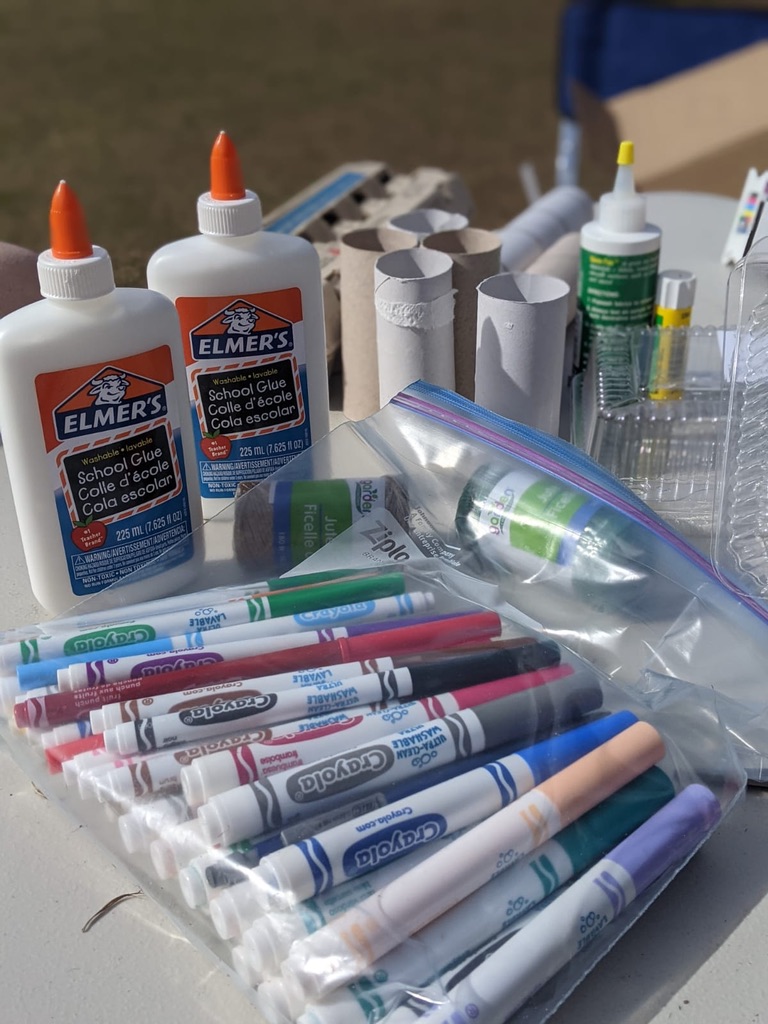
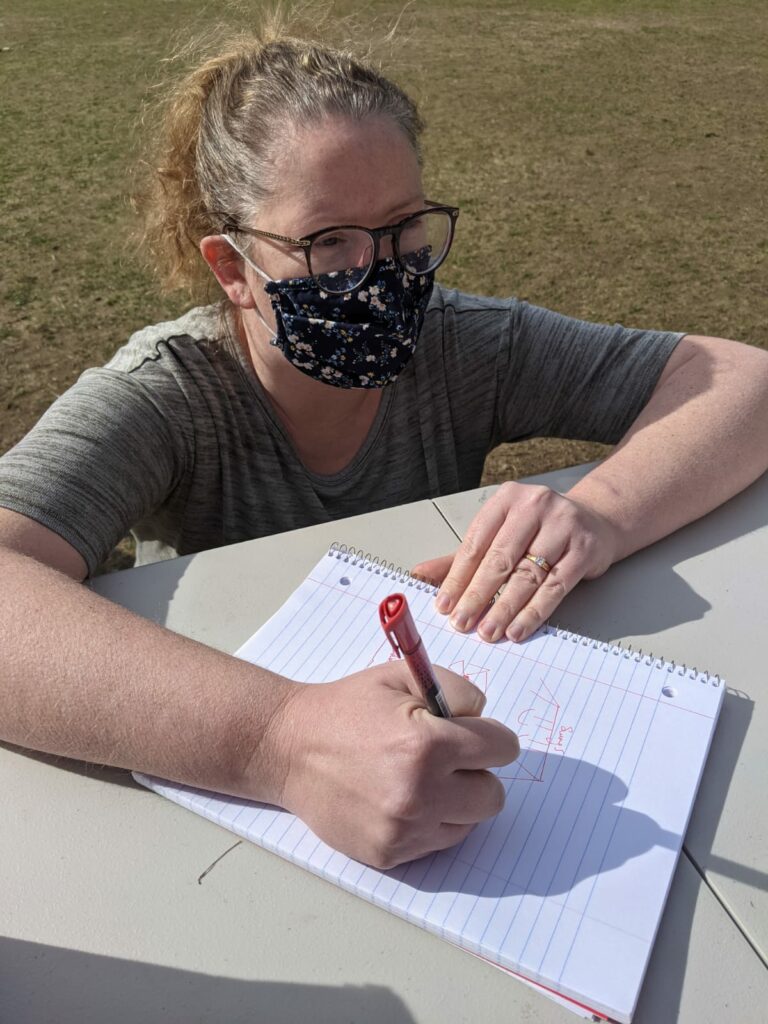

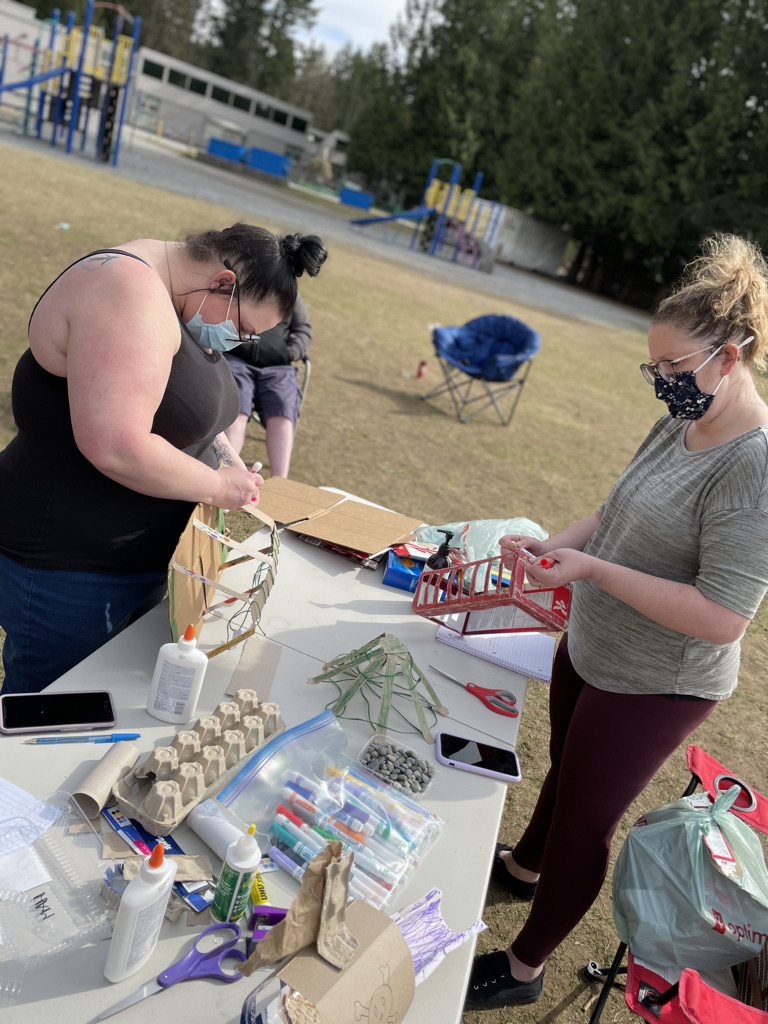
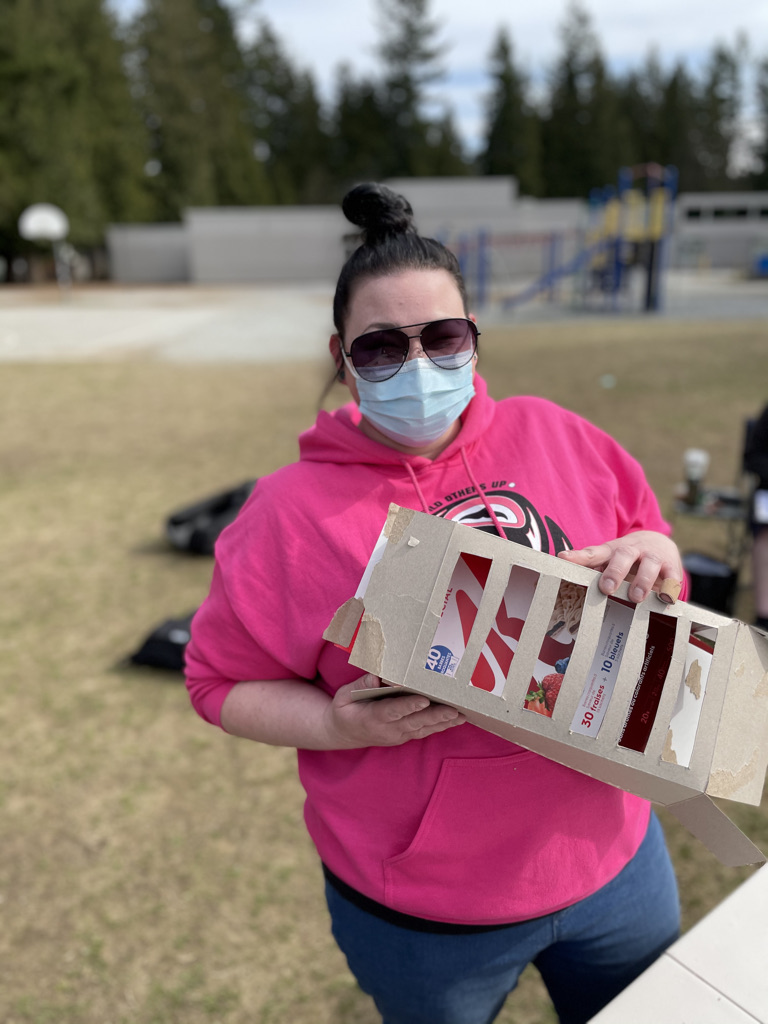

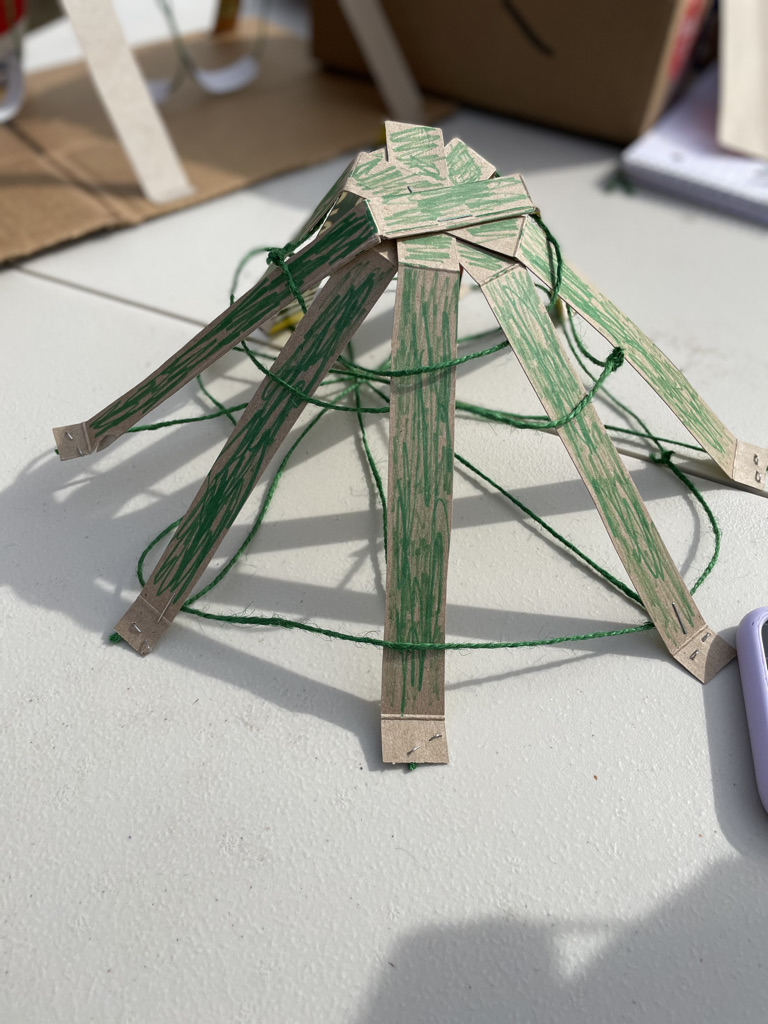

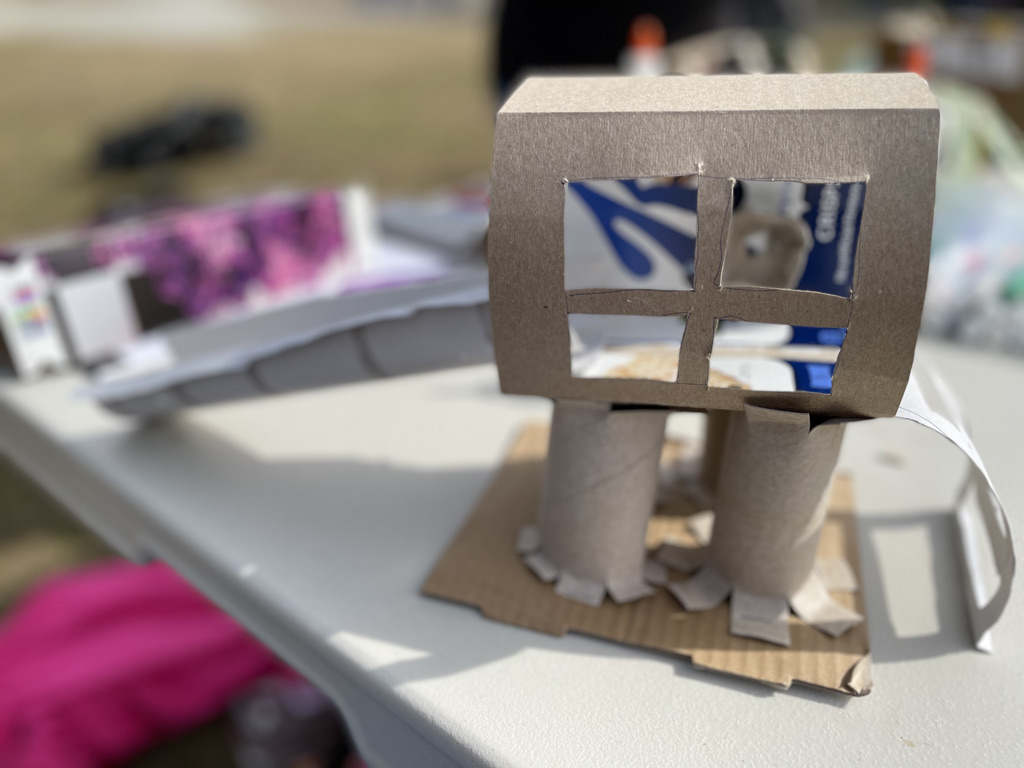
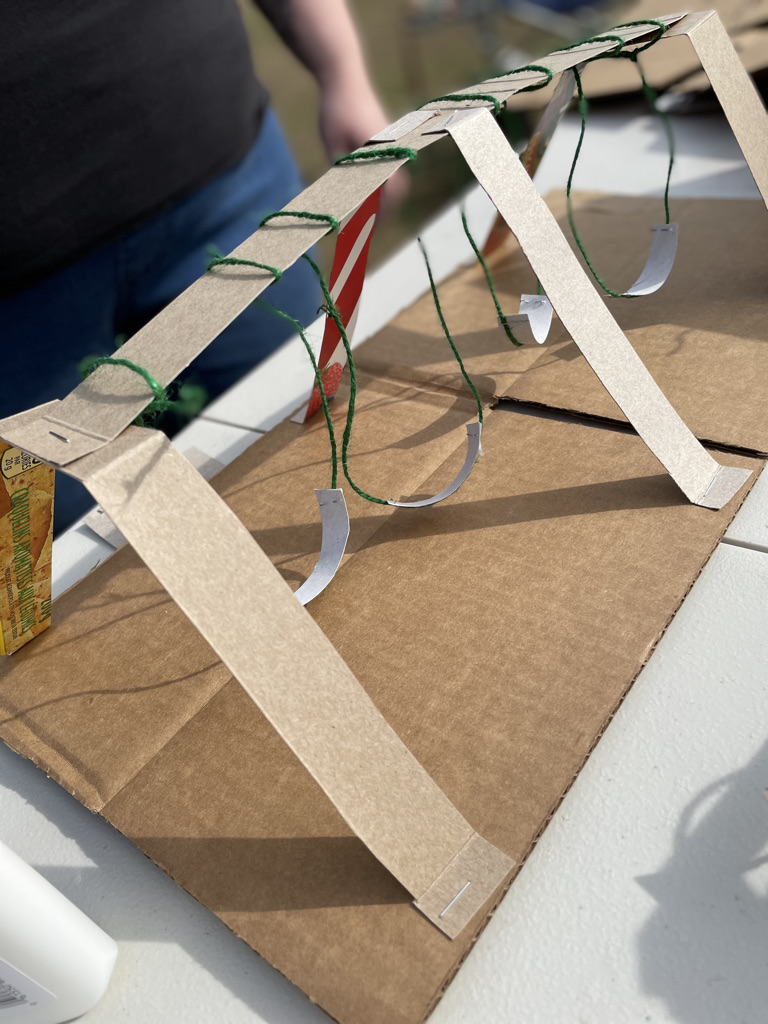
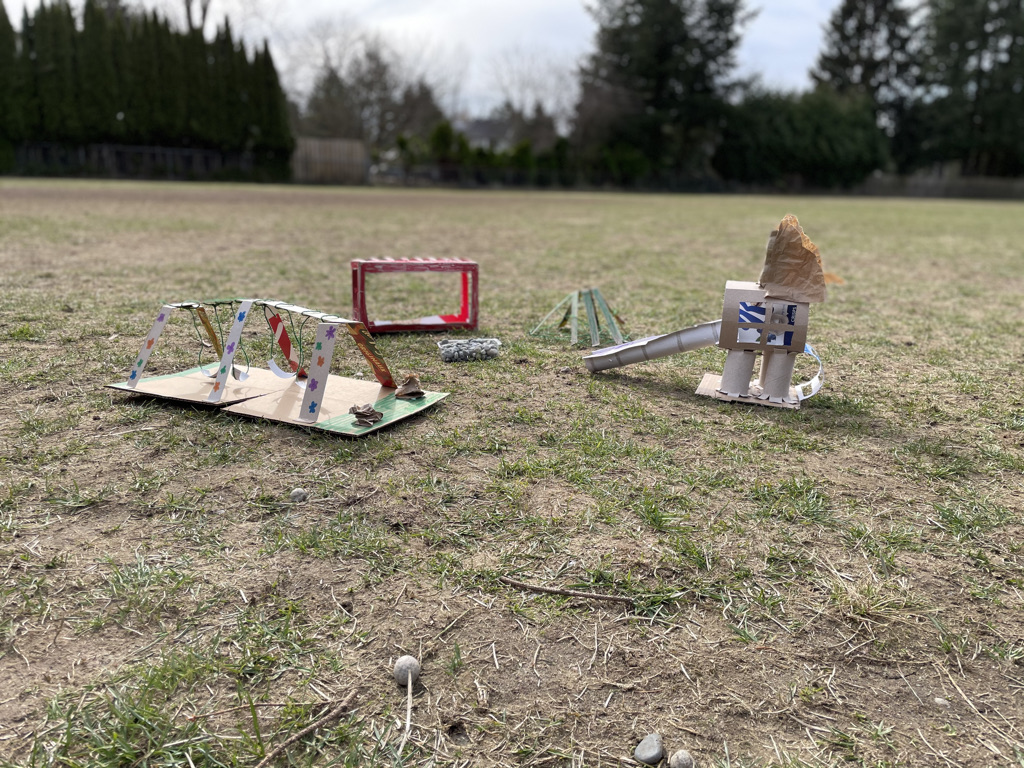
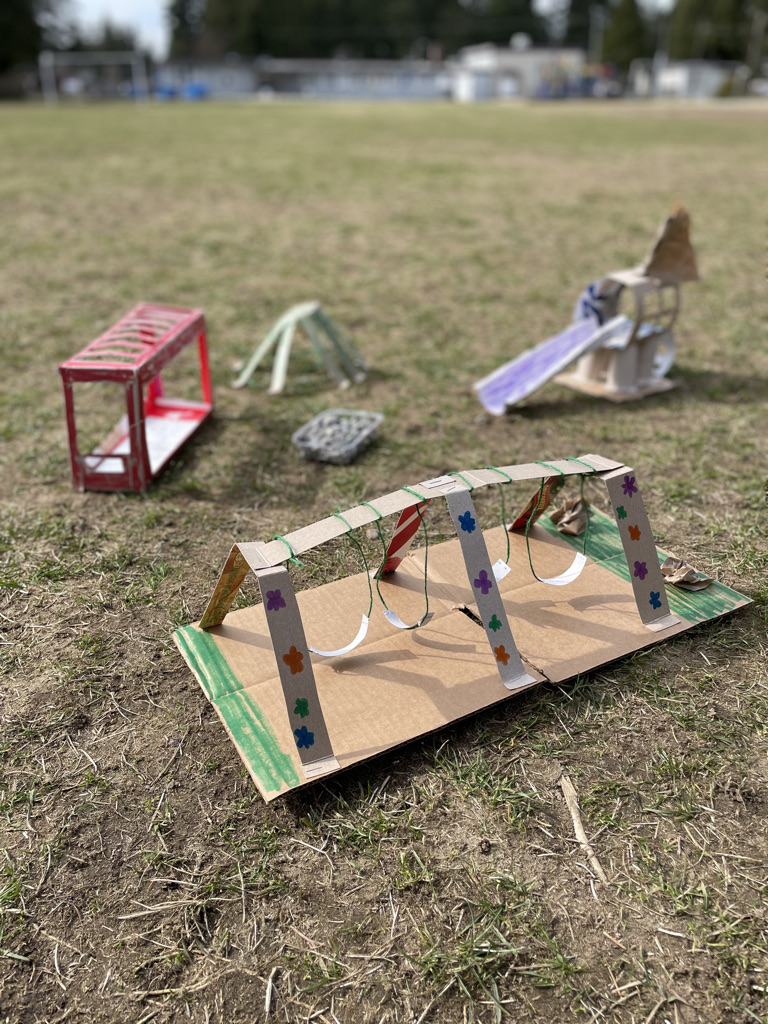
 We spent a majority of the morning testing out some of the lesson plans we have already created. We spent the morning planting seeds, while telling stories and discussing the different aspects of curriculum, topics, and themes we could or should include in our gardening & farming module.
We spent a majority of the morning testing out some of the lesson plans we have already created. We spent the morning planting seeds, while telling stories and discussing the different aspects of curriculum, topics, and themes we could or should include in our gardening & farming module.

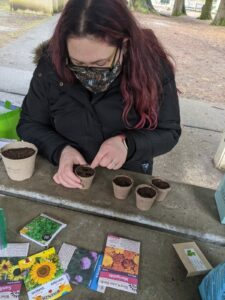
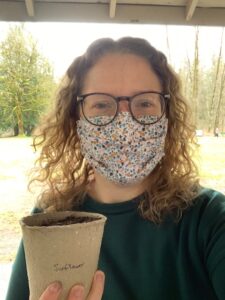
 Besides working on our annotated bibliography and literature review, I had been tasked with finding children’s literature to both support and supplement our curriculum modules. You can find our list of resources under the classroom activities menu in books. I love a good read-a-long book and let me tell you there are SO MANY books about neighbourhoods, communities, citizenship, parks, playgrounds, and community gardens to be found and used as resources. Every time I search for books, it seems there are new titles with new ideas to support Children and their interactions with others and the environment in their neighborhoods, communities and cities. Plenty of content and resources means there are tons of opportunities for us as parents and educators to actively encourage our children to voice their concerns and ideas as young citizens within our communities and cities.
Besides working on our annotated bibliography and literature review, I had been tasked with finding children’s literature to both support and supplement our curriculum modules. You can find our list of resources under the classroom activities menu in books. I love a good read-a-long book and let me tell you there are SO MANY books about neighbourhoods, communities, citizenship, parks, playgrounds, and community gardens to be found and used as resources. Every time I search for books, it seems there are new titles with new ideas to support Children and their interactions with others and the environment in their neighborhoods, communities and cities. Plenty of content and resources means there are tons of opportunities for us as parents and educators to actively encourage our children to voice their concerns and ideas as young citizens within our communities and cities.